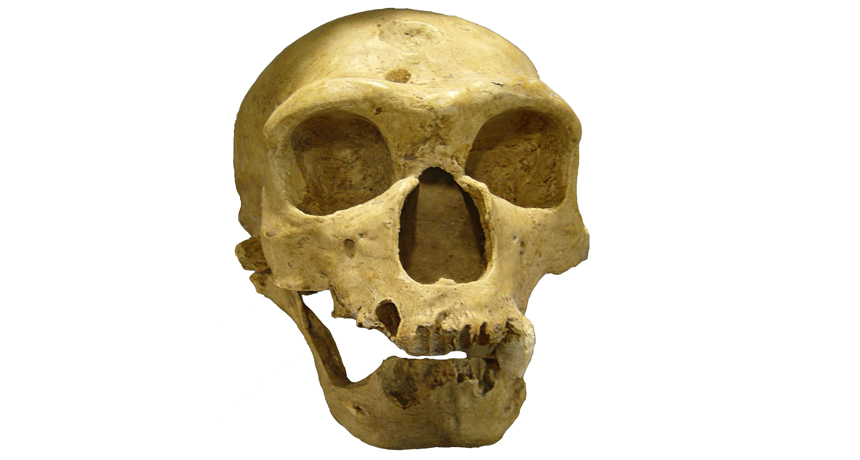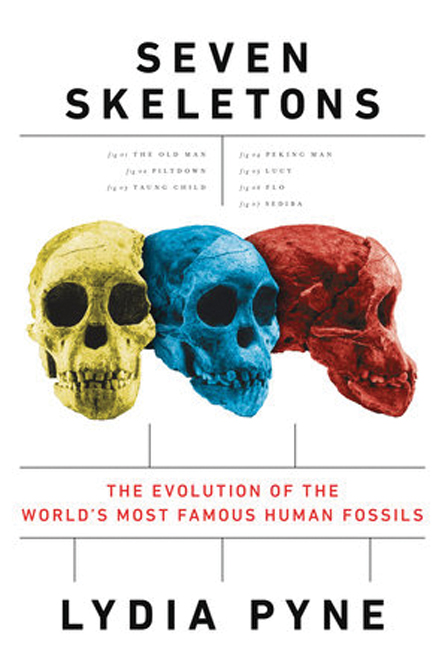Historian traces rise of celebrity hominid fossils
‘Seven Skeletons’ digs into backstory of famous finds

LASTING FAME The Old Man of La Chapelle, a Neandertal skeleton discovered in the early 20th century, is among the fossils highlighted in a new book about how hominid fossils achieve worldwide fame.
120/Wikimedia Commons (CC BY-SA 3.0)








